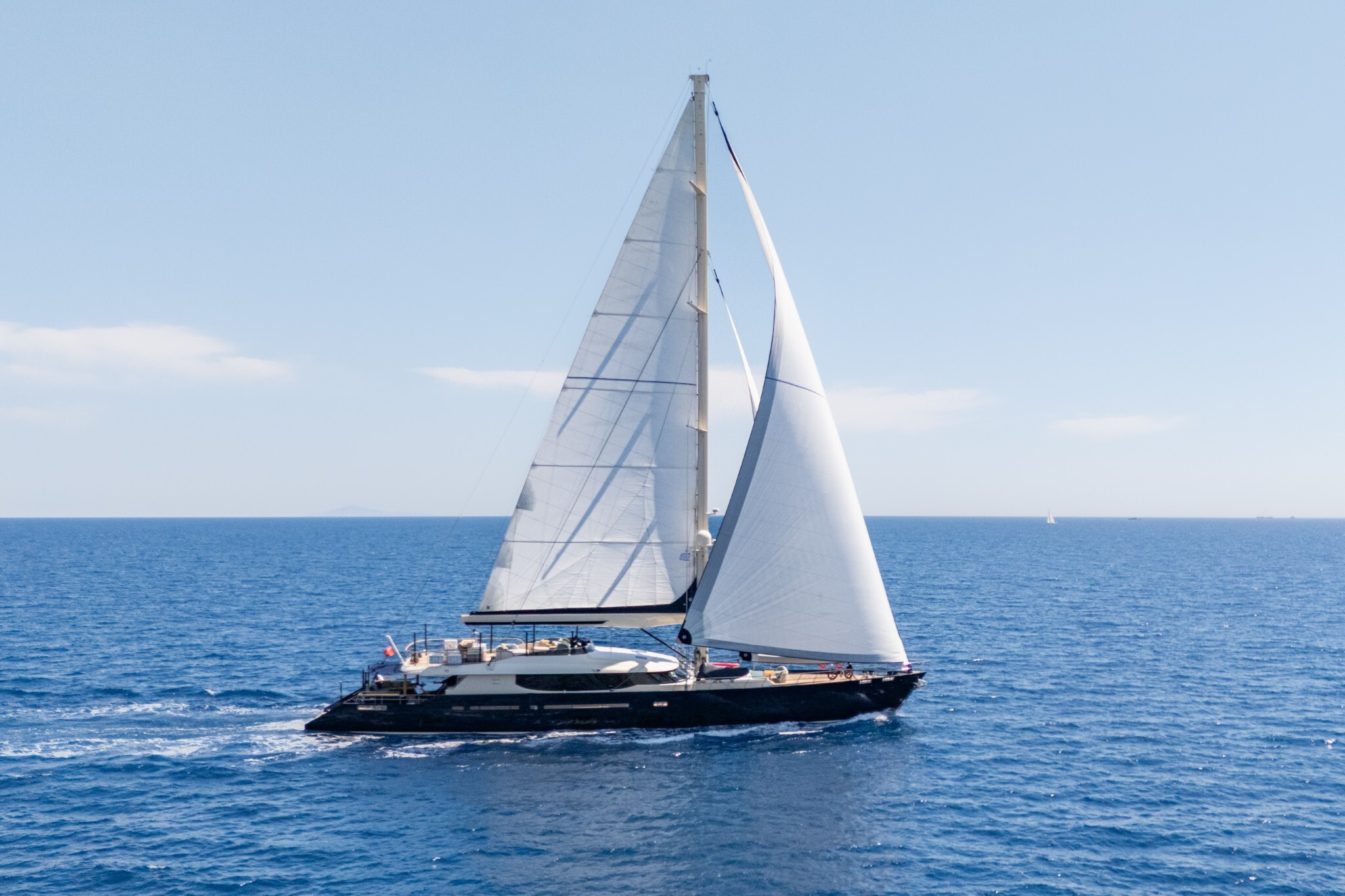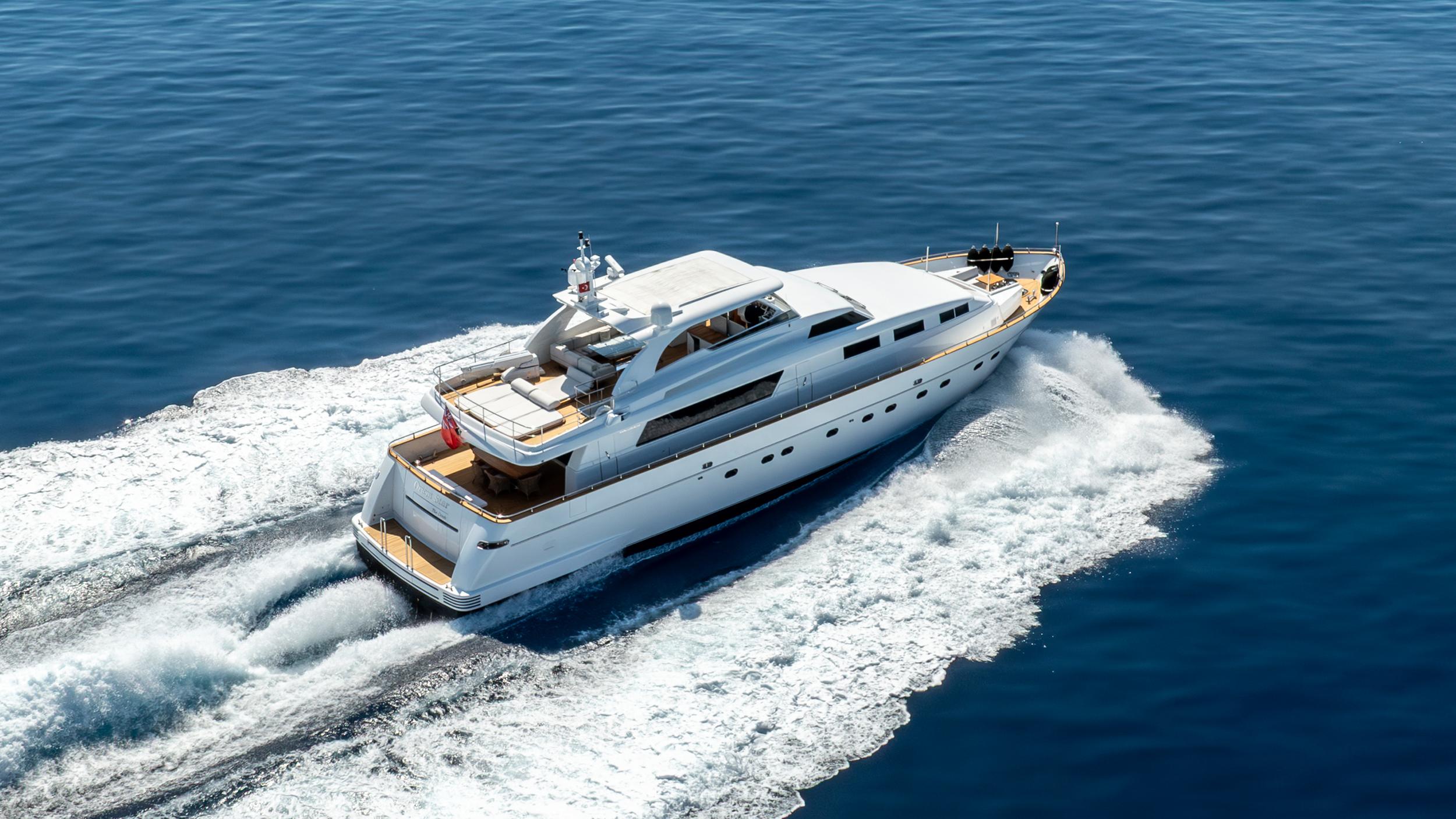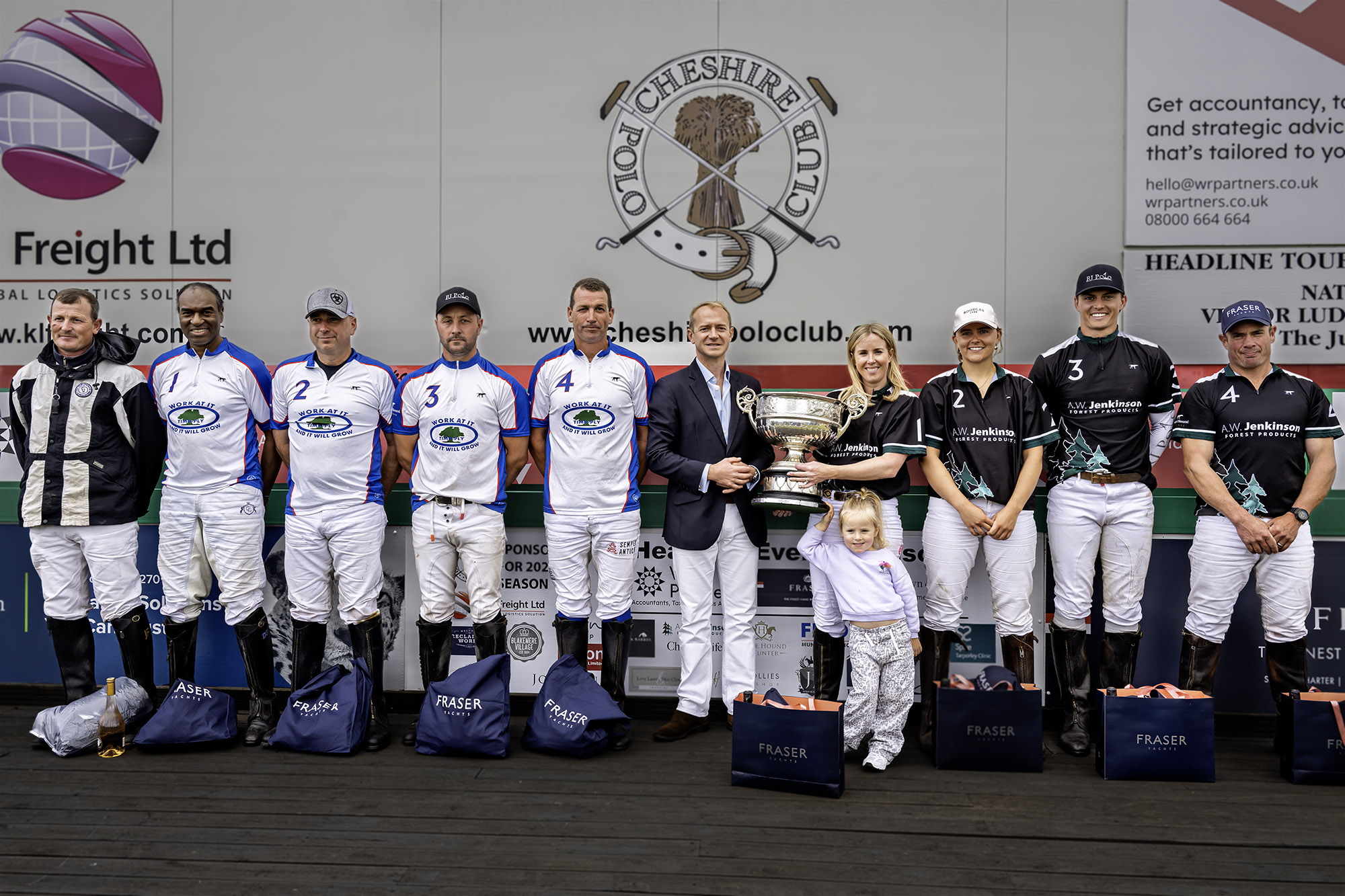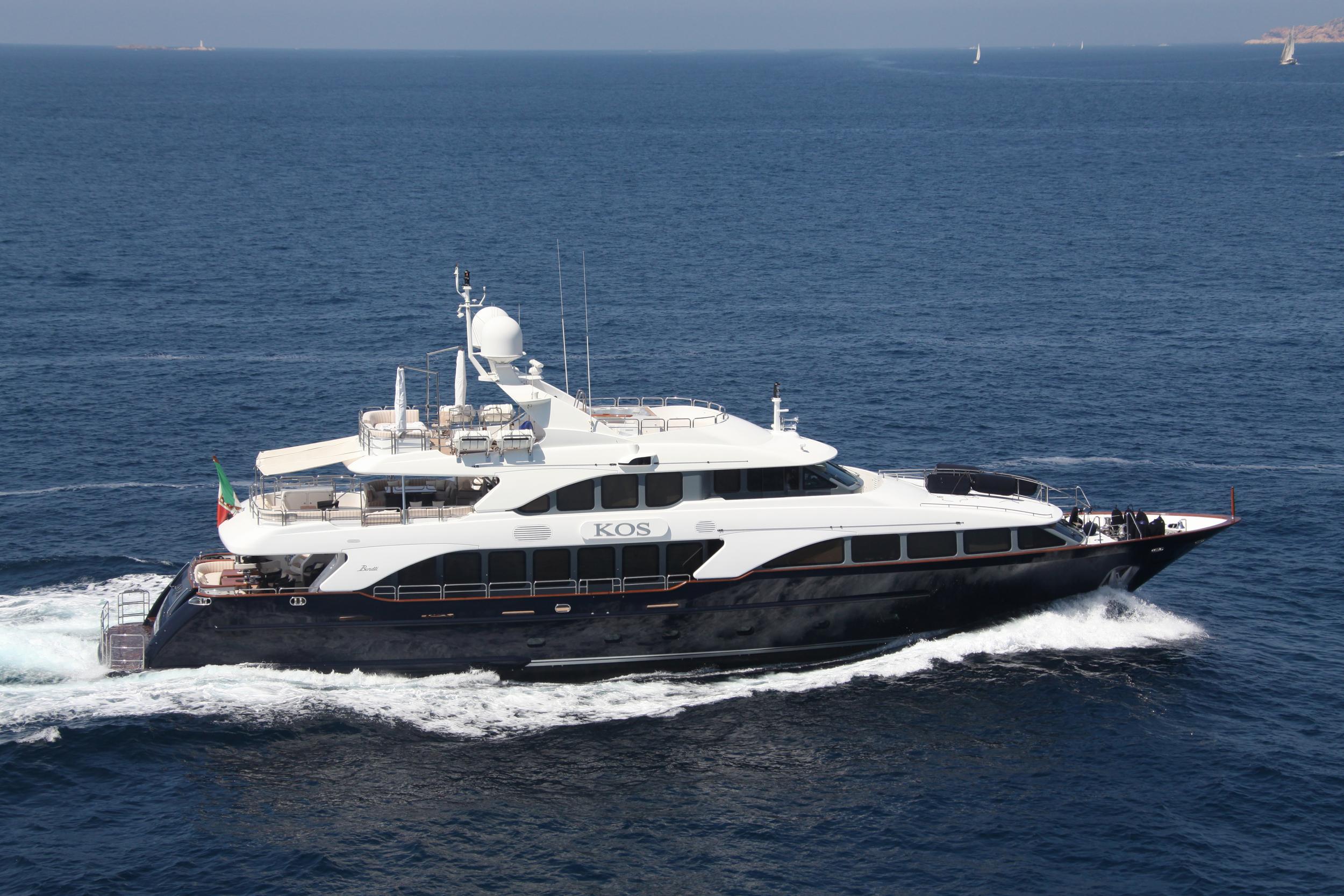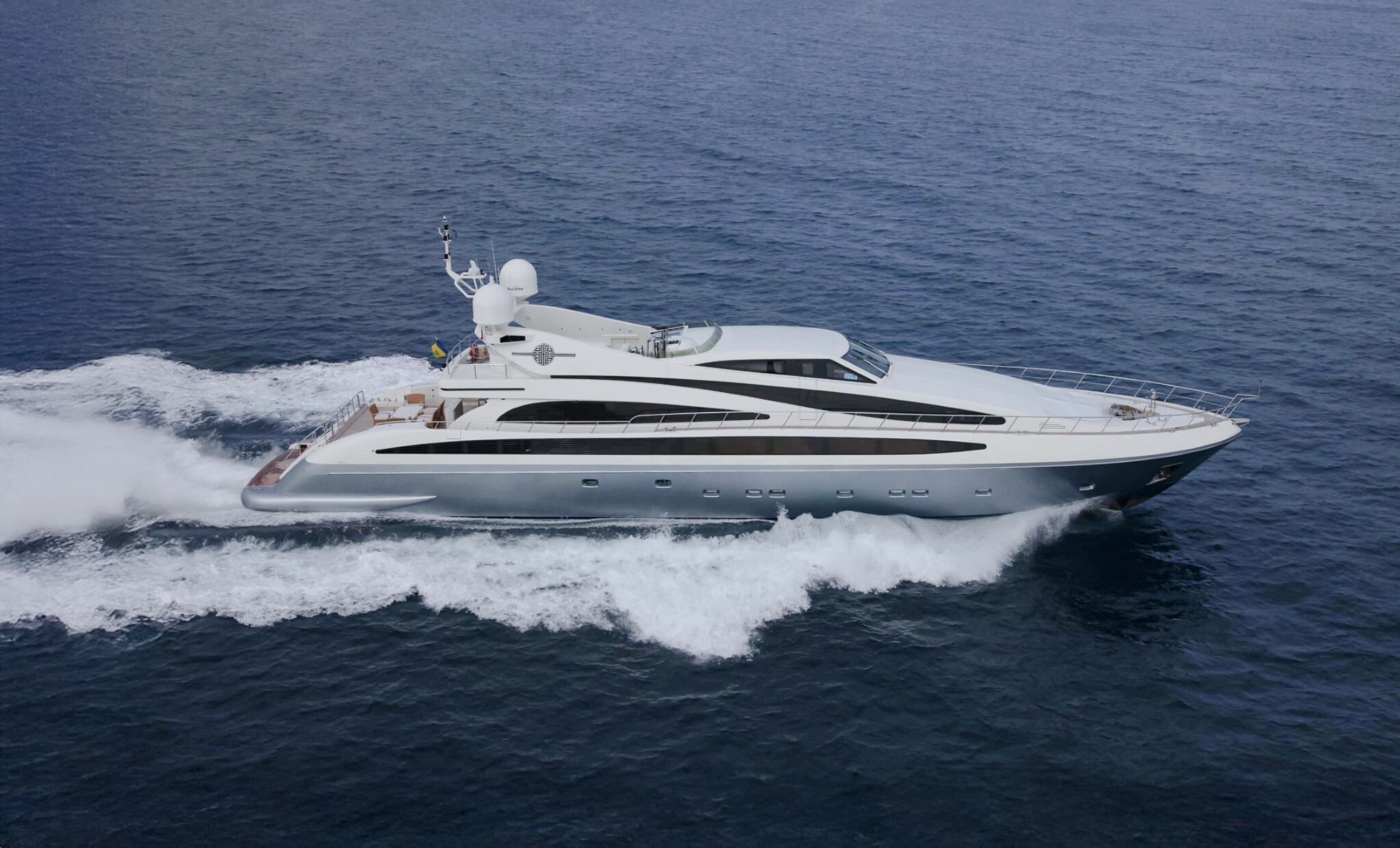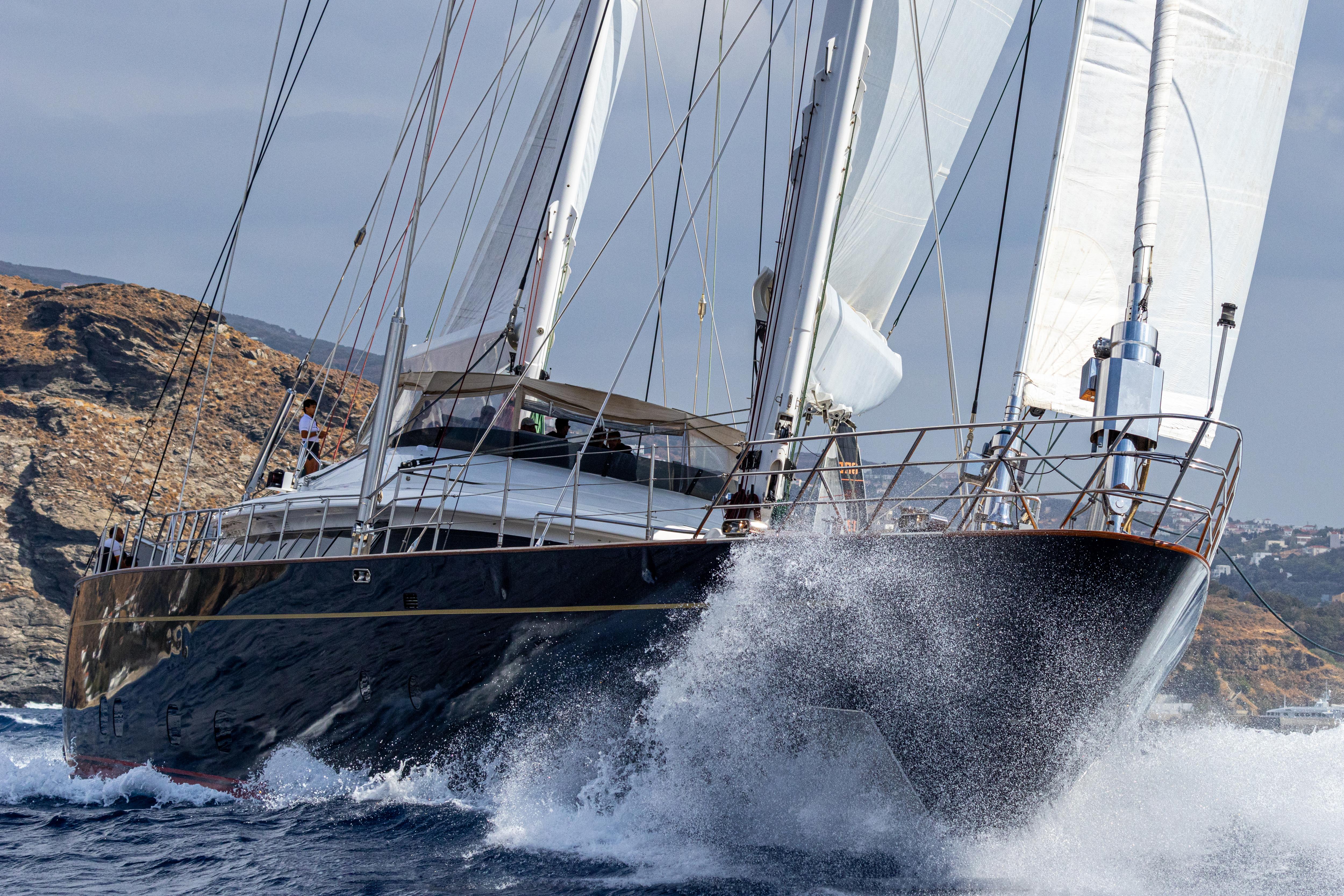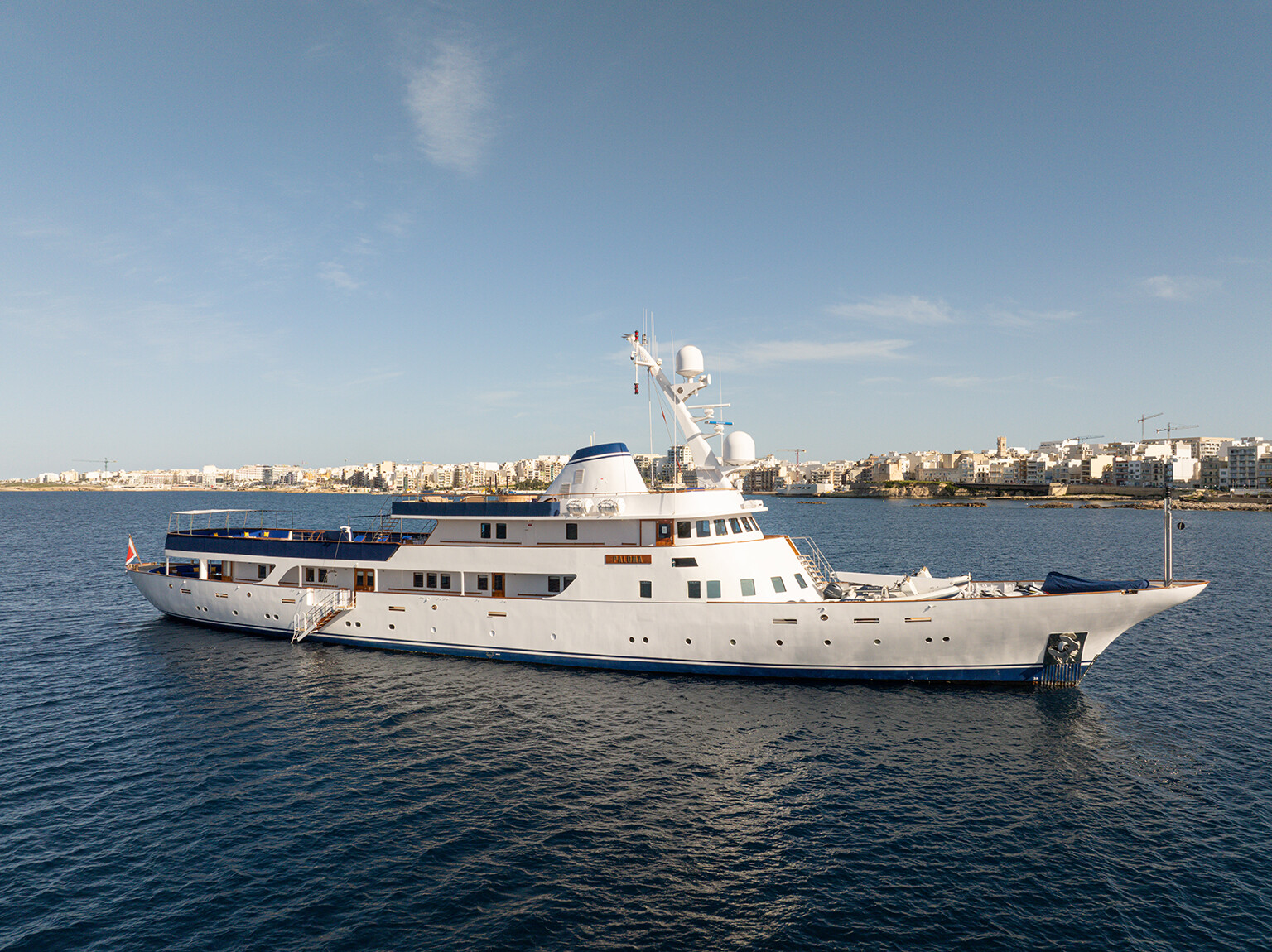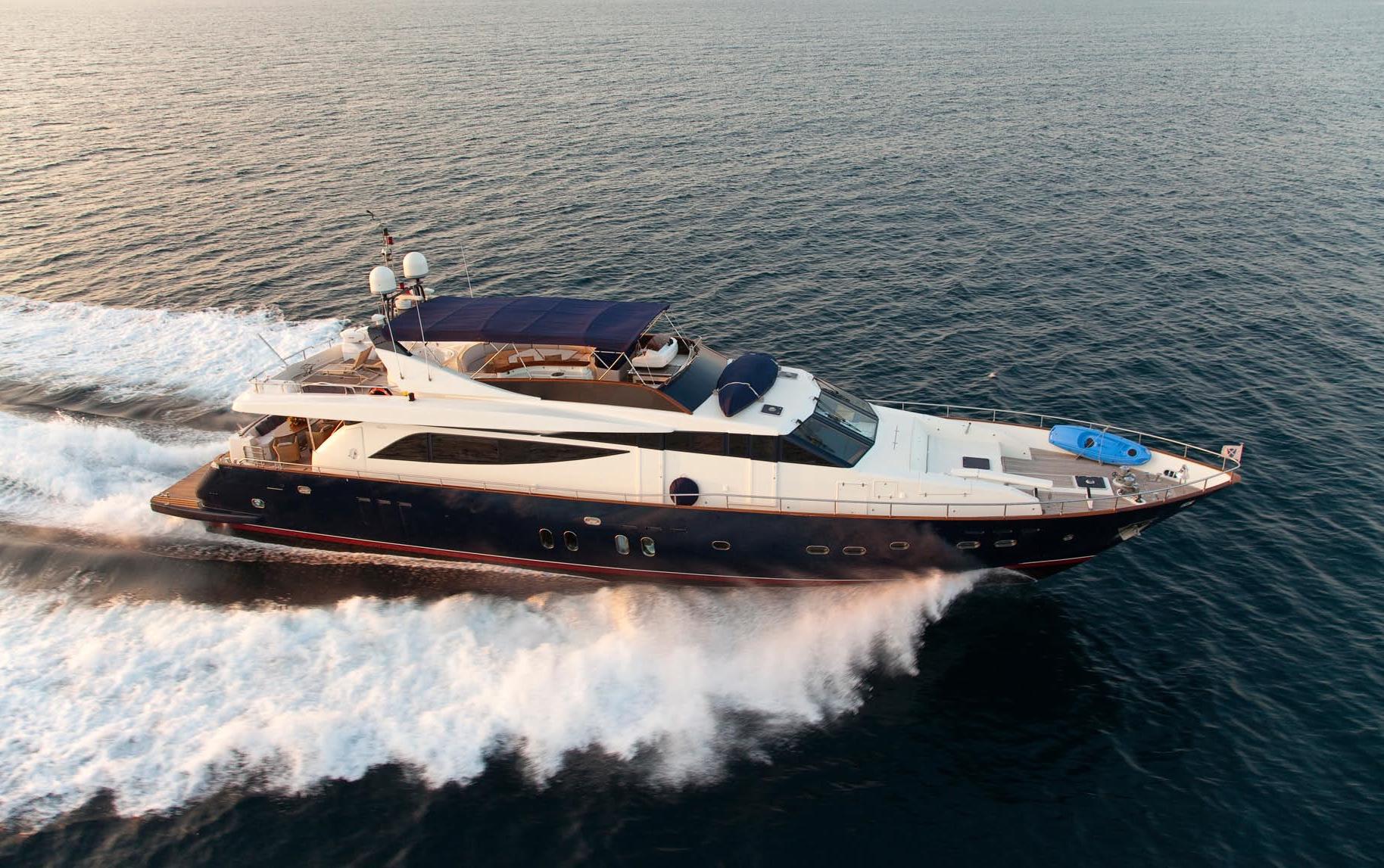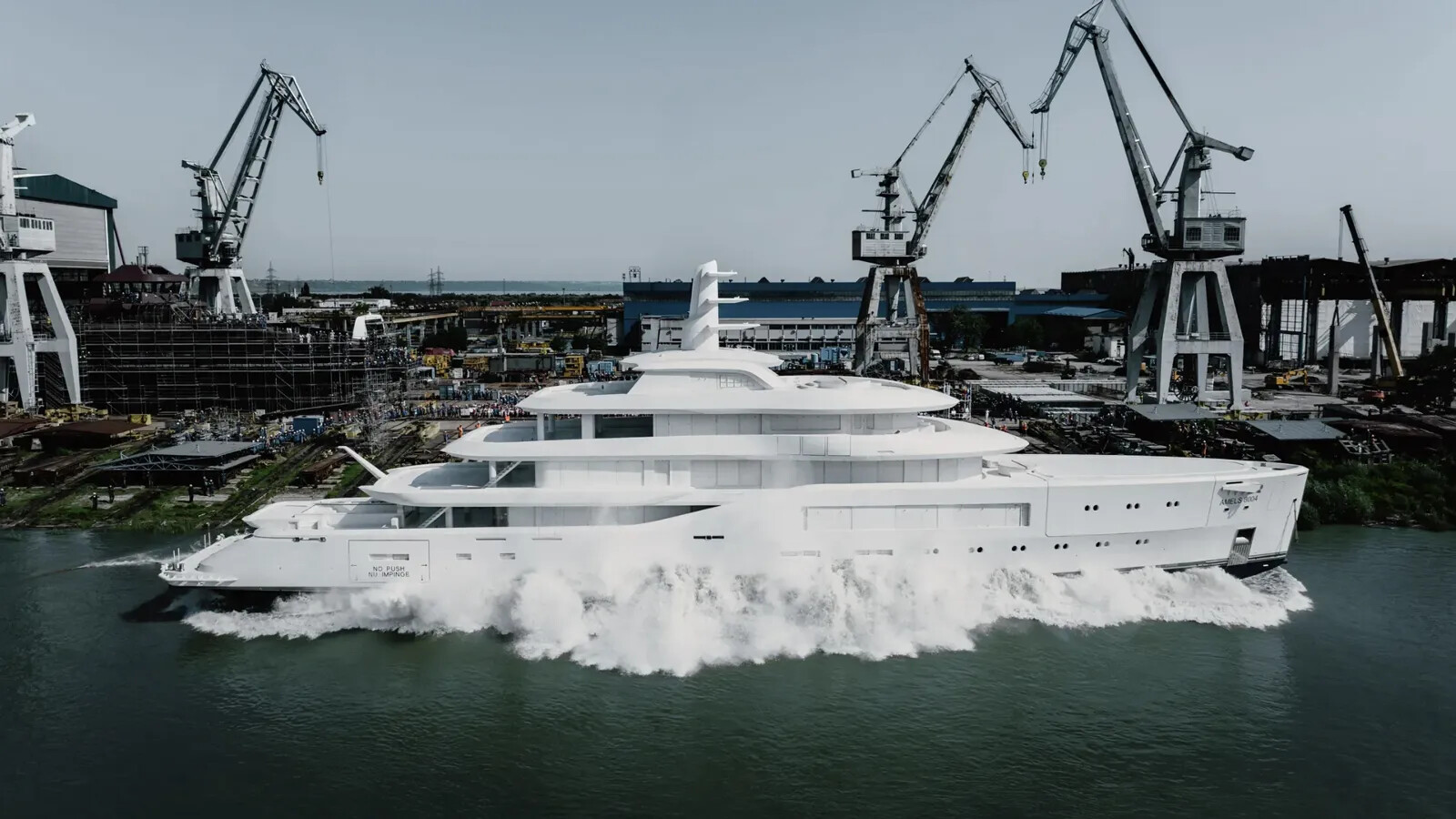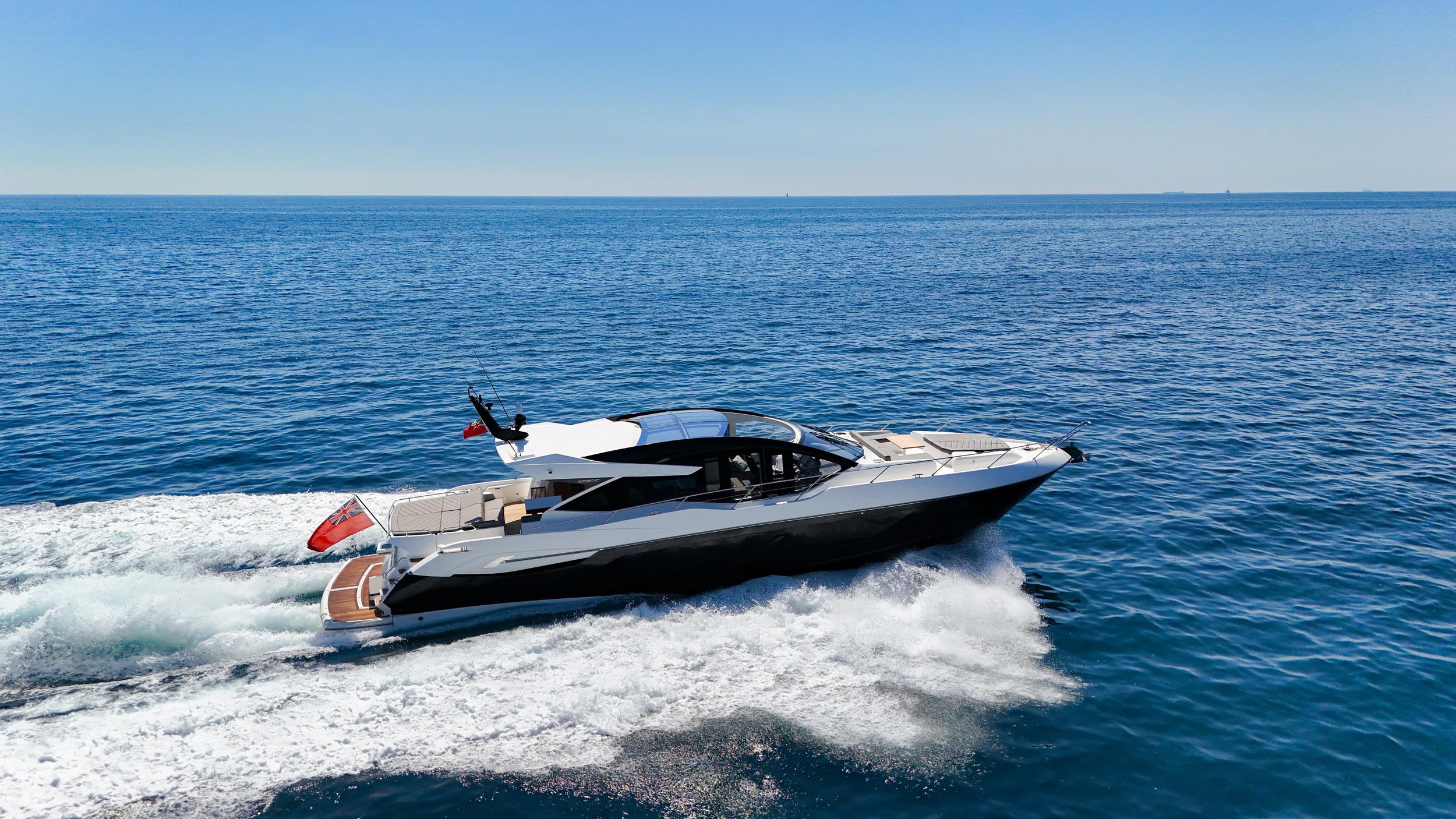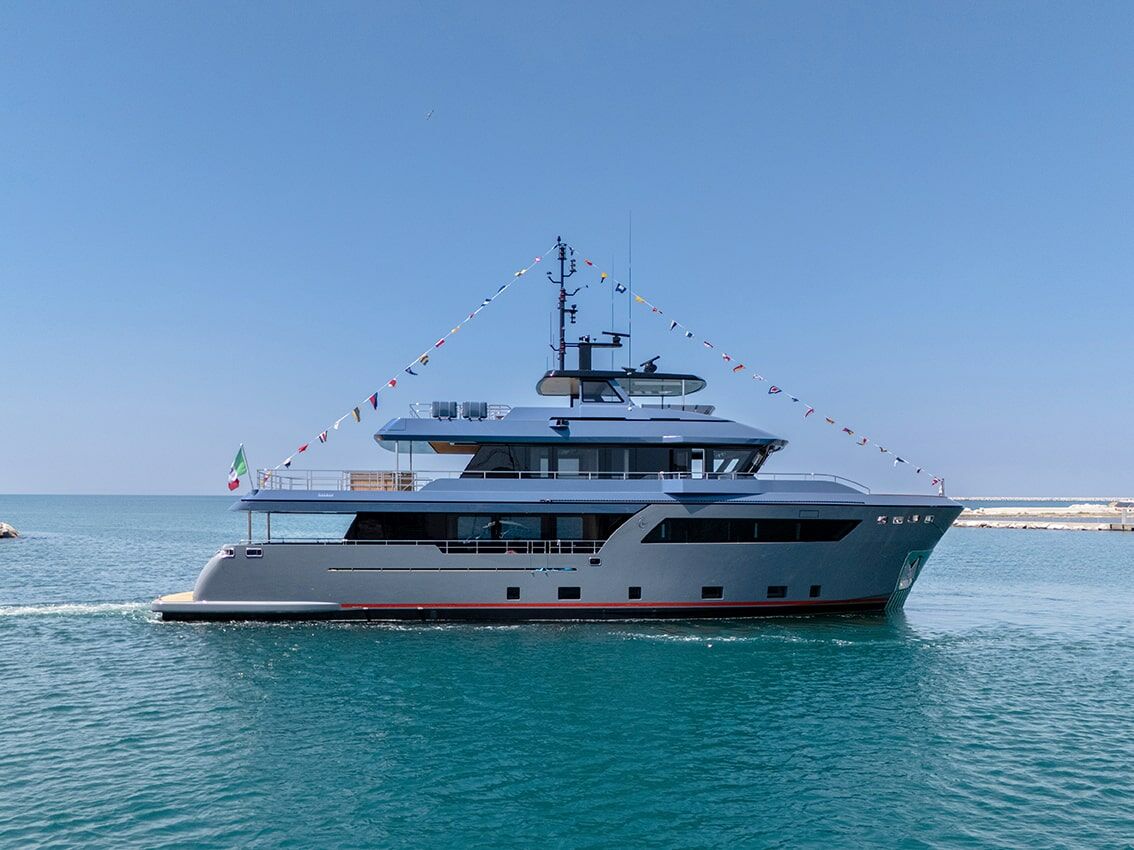
Land & Country
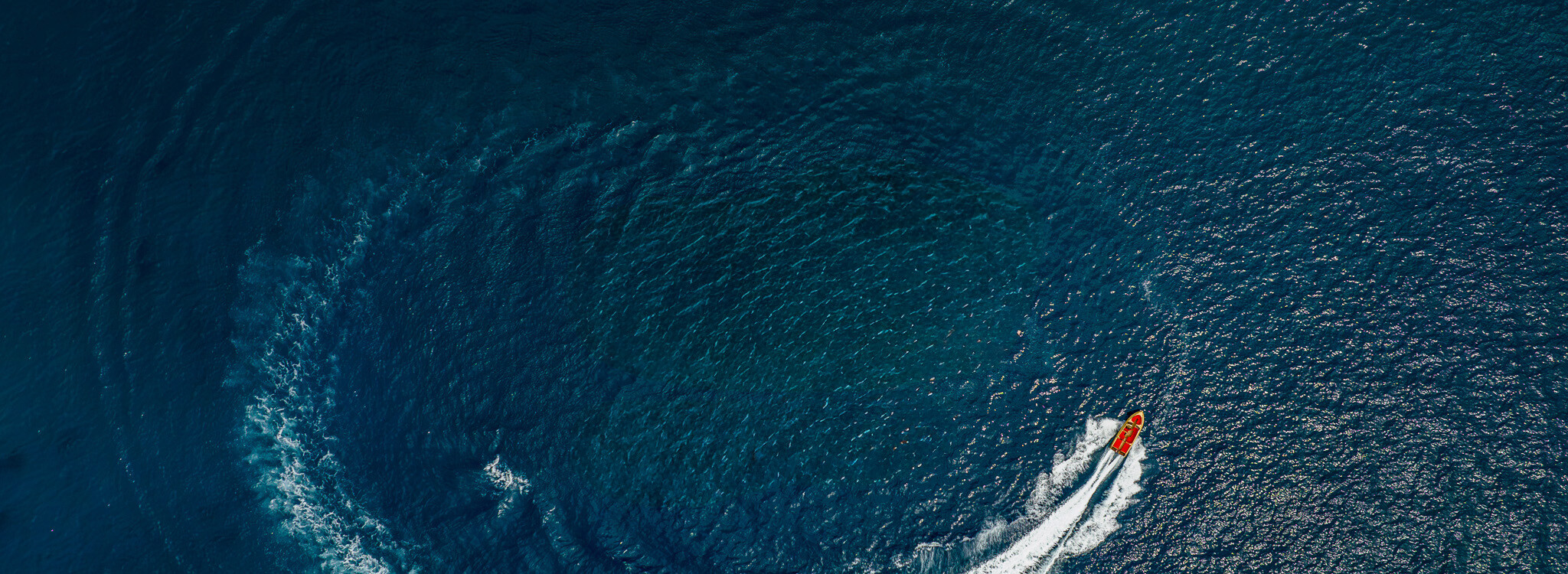
For most, champagne is the epitome of luxury and success. It's a celebration of the finer things in life, an indulgence to be appreciated and savoured on the palate, and a fitting way to toast or mark an occasion. For the remaining few it is the moniker of extravagance, often sprayed in excess by Formula One podium winners, but then champagne has always been the preferred choice of the elite. It is no surprise, then, that champagne is often the drink of choice on luxury motor and sailing yacht charters.
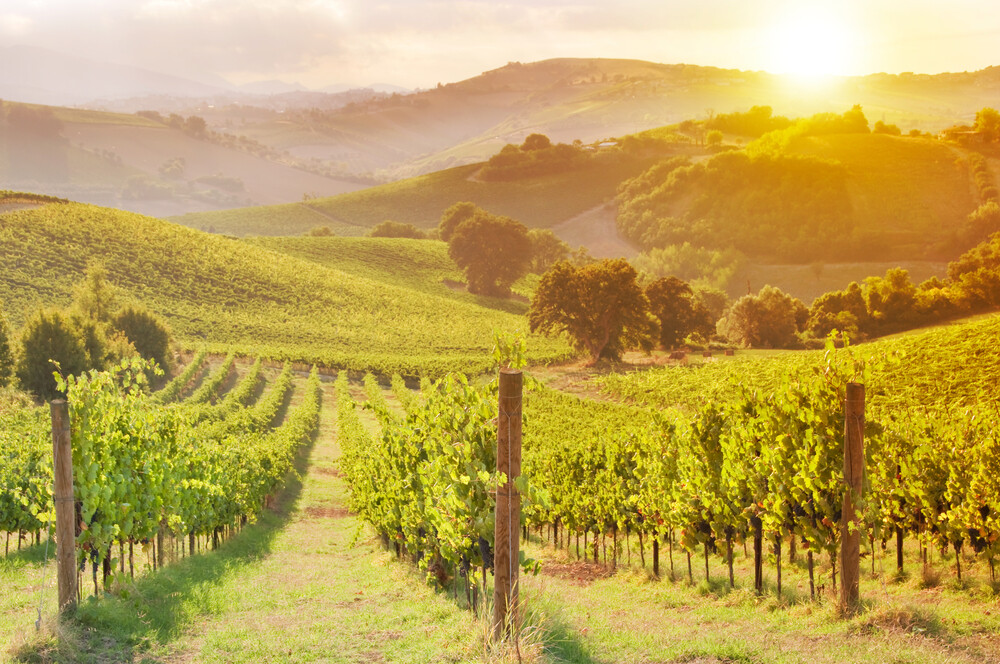
The vineyards in northeast France date back to the 5th century when the Romans first set about planting them. The wine produced was traditionally served as part of the French kings' coronation festivities when anointed in Reims, and this royal link has been successfully leveraged by the champagne houses ever since. The family-owned champagne house Laurent-Perrier founded in 1812 one of the foremost brands promoted its vintage in late 1890 as a favourite of Leopold II of Belgium, George I of Greece and the Marchioness of Cambridge, to name but a few.
The English have always been great wine drinkers, and champagne has traditionally been a firm favourite, but it is only in recent years that the British wine-making industry has started to flourish. It remains extremely small accounting for around one per cent of the domestic market but sparkling wine is doing particularly well. The famously cold Champagne region is now warmer than it was a generation ago while even chillier southern England, which has the same chalky soil, has been heating up in a beneficial way, but is it a true match for the stalwart champagne houses?
For pioneering brands such as Laurent- Perrier - whose radical approaches at both blending and technical level have resulted in its now signature style for delicacy, elegance and freshness - the terroir found in Tours-sur-Marne, where its heritage is firmly rooted, is unsurpassed.
We are very much attached to our region, our wine growing partners, and to the fantastic name of champagne,'' says Richard Arnaud, Laurent-Perrier's marketing and communications manager. If you are outside of our terroir it's no longer champagne, so it's not a priority for us to buy or develop outside of the region. Of course we take the very best care at monitoring climate change, but we need to wait for the long-term to really know what will happen.''
Not all champagne houses share Arnaud's viewpoint, however. Global consciousness of the quality of English bubbly got a huge boost when French champagne house Taittinger announced in December 2015 that it had bought 69 hectares of farmland in Kent, southern England, in a venture referred to as a Franco-British alliance'. As the first champagne house to buy up UK soil, its plan is to make English sparkling wine under the Domaine Evremond label as part of a multi-million-pound investment over the next 10 years.
We have dreamt for a number of years of working with our dear friends in the UK,'' said Pierre Emmanuel Taittinger, president of his namesake champagne house. Our aim is to make something of real excellence in the UK's increasingly temperate climate, and not to compare it with champagne or any other sparkling wine.''
Classic champagne grape varieties chardonnay, pinot noir and pinot meunier will be planted on the newly acquired land at Stone Stile Farm, a former apple orchard near to Chilham, but it will be around eight years before its first Domaine wine is produced. After that, it reportedly aims to produce 300,000 bottles of English sparkling wine annually.
Taittinger's investment comes amid a boom in English sparkling wine production. Burgeoning demand for brands such as Nyetimber, Chapel Down, Camel Valley, Coates & Seely and Ridgeview is turning parts of the South Downs and beyond into an English Epernay after a doubling of the amount of land devoted to vineyards in the past seven years and a 43 per cent rise in wine production last year.
Chapel Down raised 4 million via a crowdfunding exercise in 2014 to back expansion into a further 326 acres of vineyard in Kent over five years, while Nyetimber have their sights firmly set on the export market, says Rosie Clarkson of Vins Sans Frontieres (VSF).
English sparkling wine is most certainly an up-and-coming wine category and is starting to earn a name for itself outside of the UK as more is being exported,'' she says. There have been a number of blind tastings held against champagne and recently English sparkling wine brand Nyetimber was voted better than several of the Grandes Marques. As word is getting out that the quality of English sparkling wines rivals that of champagne, there has definitely been an increase in demand.''
Experts at provisioning superyachts with fine wines and food, VSF holds stock of tens of thousands of bottles
of the world's best wines from the every day to the once-in-a-lifetime in its ideal temperature-controlled storage in Sophia Antipolis.
We started working with Nyetimber earlier this year following their move to start focusing on targeted export markets,'' says Clarkson. They have already had huge success in the Balearics and are in all the right places so we are looking forward to seeing the same results on the Cote d'Azur.''
Nyetimber was the first vineyard planted for sparkling wines in the UK, and is widely considered to produce one of the best sparkling wines that England has to offer. It has also recently become the first English wine to be traded on Liv-ex (a global marketplace for professional buyers and sellers of wine), which will further increase recognition and demand for the range. We believe that we are going to see huge success with the brand on board yachts as it offers exceptional quality in very premium packaging,'' adds Clarkson.

While the proof is certainly in the pudding, the cost of land in the UK is also driving its wine-making appeal.
A single hectare of vineyard land in England is estimated to cost around 25,000, compared to vineyard prices in Champagne, which were reported to be in the region of 870,000 per hectare in 2014.
The competition is certainly proving to be healthy, with champagne house Duval-Leroy choosing to diversify its existing offering by introducing the ultimate tour in which you can create your own blend, which will be delivered in engraved bottles, with a minimum order of 1000 bottles at a cost of 40,000 Euros.
Only time will tell whether or not English sparkling wine will ever share the same level of prestige as its French counterpart, but no matter what your preferred tipple, it should always be consumed with a dash of daring originality. In the words of F. Scott Fitzgerald's Gatsby Girls: I'll drink your champagne. I'll drink every drop of it, I don't care if it kills me.''
This article originally appeared in issue XI of FRASER yachting magazine the intelligent magazine for living, loving and luxury yachts.
